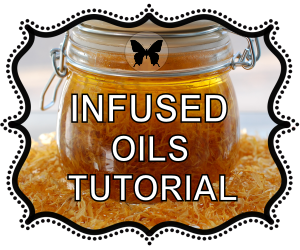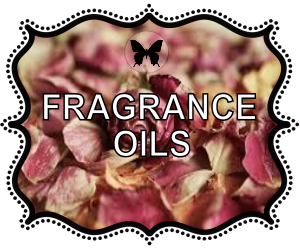Table of Contents
Saponification
Safety & Precautions






LYE SAFETY & PRECAUTIONS
Solid sodium hydroxide, solid potassium hydroxide, solutions containing high concentrations of sodium hydroxide, and/or solutions containing high concentrations of potassium hydroxide may cause chemical burns, permanent injury or scarring, and blindness. Lye (sodium hydroxide) and/or caustic potash (potassium hydroxide) may be harmful or fatal if swallowed.
Solvation of sodium hydroxide and/or potassium hydroxide is highly exothermic, and the resulting heat may cause heat burns or ignite flammables.
Avoid all contact with organic tissue (including human skin, eyes, mouth, and animals or pets). Keep away from clothing. Avoid all contact with aluminum.
The combination of aluminum and sodium hydroxide results in a large production of hydrogen gas:
2Al(s) + 6NaOH(aq) → 3H2(g) + 2Na3AlO3(aq).
Hydrogen gas is explosive; mixing lye (sodium hydroxide) and aluminum in a closed container is therefore dangerous. In addition to aluminum, lye (sodium hydroxide) and/or caustic potash (potassium hydroxide) may also react with magnesium, zinc (galvanized), tin, chromium, brass, and bronze to produce hydrogen gas and is therefore dangerous. Do not allow lye or caustic potash to contact these metals.
Lye (sodium hydroxide) may react with various sugars to generate carbon monoxide, which is a poisonous gas; mixing sodium hydroxide and sugar in a closed container is therefore dangerous. Do not allow lye to contact sugar.
For more information, consulting an SDS for Lye and/or an SDS for caustic potash is suggested.
Personal Protection
Personal protection for the safe handling of lye (sodium hydroxide) and/or caustic potash (potassium hydroxide) includes safety glasses, chemical-resistant gloves, and adequate ventilation. When in the close proximity of lye (sodium hydroxide) and/or caustic potash (potassium hydroxide) dissolving in an open container of water, a vapor-resistant face mask is recommended. Certified Lye™ sells these personal protection items (and more) on the Buy Protection page.
Storage
Lye (sodium hydroxide) is a deliquescent salt and has a strong affinity for moisture. Caustic potash (potassium hydroxide) is also highly hygroscopic. Lye and/or caustic potash will deliquesce (dissolve or melt) when exposed to open air. Either/Both will absorb a relatively large amount of water from the atmosphere (air) if exposed to it. Eventually, it will absorb enough water to form a liquid solution because it will dissolve in the water it absorbs. Lye (sodium hydroxide) and/or caustic potash (potassium hydroxide) should be stored in an airtight resealable container.
Hygroscopic substances are often used as desiccants to draw moisture away from water-sensitive items. Desiccants should never be placed inside a canister of lye (sodium hydroxide) nor caustic potash (potassium hydroxide) because lye and caustic potash have much stronger hygroscopic properties than activated carbon and silica gel (the most common ingredients in commercial desiccant packets) and will pull and absorb the water from the desiccant packets. Do not place desiccant packets inside containers of lye (sodium hydroxide) and/or caustic potash (potassium hydroxide).
Lye should be stored in air-tight plastic containers made of HDPE. The containers should be labeled to indicate the potential danger of the contents and stored away from children, pets, heat, and moisture. Certified Lye™ sells 4″ by 4″ Hazard Class 8 corrosive material warning label stickers on the Buy Protection page.
Affiliate Disclosure: I am grateful to be of service and bring you content free of charge. In order to do this, please note that when you click links and purchase items, in most (not all) cases I will receive a referral commission. Your support in purchasing through these links enables me to keep Par Par Academy of Soaps & Cosmetics free, and empower more people worldwide to make soap safely and easily. Thank you!